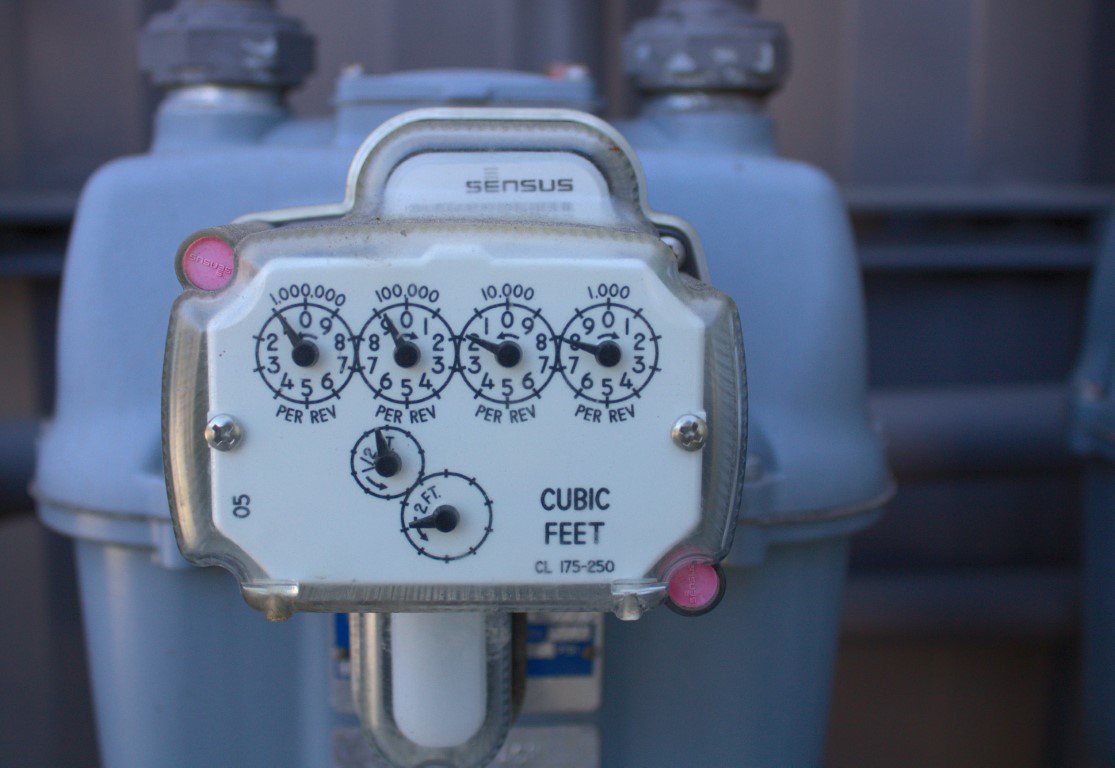Update on Natural Gas Price Forecast
Council to monitor future prices as geopolitical events create uncertainty
- April 19, 2022
- John Harrison

The war in Ukraine will affect future natural gas prices in Europe, and possibly in the United States including in the Pacific Northwest, the Council’s principal energy analyst Steven Simmons told the Council’s Power Committee at its April meeting.
Russia supplies about 40 percent of Europe’s natural gas, Simmons said. Many countries, notably Germany, are making sizable investments in facilities to handle imports of liquified natural gas (LNG) to reduce their dependence on Russia. Poland has been importing LNG since 2017, and Lithuania now imports all of its natural gas from suppliers other than Russia, Simmons said. Natural gas exports from Russia were not included in the economic sanctions imposed on the country, and so the gas has continued to flow. The increasing use of LNG is expanding opportunities for exporting countries, including the United States, which currently exports more LNG than any other country.
“European leaders hope to cut imports of Russian gas by two thirds by next winter, and then completely by 2027,” Simmons said.
What this means for gas prices in the Northwest is an open question at the moment. But it is something the staff will explore in revising the natural gas price forecast from the 2021 Northwest Power Plan, which the Council approved in February after about four years of analysis and consultation with advisory committees. One of those committees comprises experts in natural gas.
The natural gas price forecast is an important component of the Council’s periodic revision of its forecast of wholesale electricity market prices. Natural gas prices can influence many factors in power planning, such as gas consumption, the amount of power generated at power plants fueled by gas, the cost of electricity, and carbon dioxide and methane emissions. The Northwest is in a unique position in the country regarding gas, in that most of the gas consumed here is imported from Canada and the Mountain West.
In developing its forecast, the Council surveys members of its Natural Gas Advisory Committee about future supply and prices, studies gas price reports and forecasts produced by others, and produces what Simmons called “a finely tuned, monthly forecast” for each of the major gas trading hubs in the vast area west of the continental divide. The resulting price information is incorporated into the Council’s energy planning models.
One area the Council will pursue with its advisory committee is the supply and price effects of LNG exports from the United States. Currently, U.S. LNG production is running at about 90 percent of capacity. Last year, the United States exported 3,500 billion cubic feet of gas in the form of LNG, which equaled about 9 percent of U.S. production, Simmons said. The biggest pipeline export markets were to Mexico and Canada, but increased exports to Europe via LNG shipments are expected.
The United States is slowly increasing its production capacity, so exports are likely to increase. Some domestic natural gas consumers would like to see U.S. LNG exports reduced so more gas is available in the country, but that doesn’t seem likely in light of planned production increases, Simmons said. As well, U.S. exports to Asia might decrease as more LNG is sold to European countries. The effect these events would have on domestic prices is a question the Council hopes to answer in its price forecast.
Currently, prices in the Northwest are just under $4 per million BTUs, and analysis for the 2021 Power Plan predicts prices will rise to $5 by 2032. The Council approved the 2021 Plan about a week before Russia invaded Ukraine. Now, Simmons said, “geopolitical issues will affect future prices.” The question is how much – both in Europe and in the United States.
Oregon Council Member Ginny Burdick noted that uncertainty, asking Simmons, “There is increasing pressure on countries like Germany, which are heavily dependent on Russian gas, to find other suppliers; are you watching that? Will there be an upward price impact if the Germans decide to no longer import as much Russian gas?”
“That’s unknown at this time,” Simmons replied, “but there are other gas exporters that could fill the void in Europe, in addition to the U.S. And changes in where the U.S. exports its LNG also could affect prices here. It’s going to be painful for European countries to get off Russian gas quickly, but Russia has already threatened to cut it off, anyway. Import and export facilities are very expensive and can’t be built overnight, and their construction cost will affect prices in Europe.”



